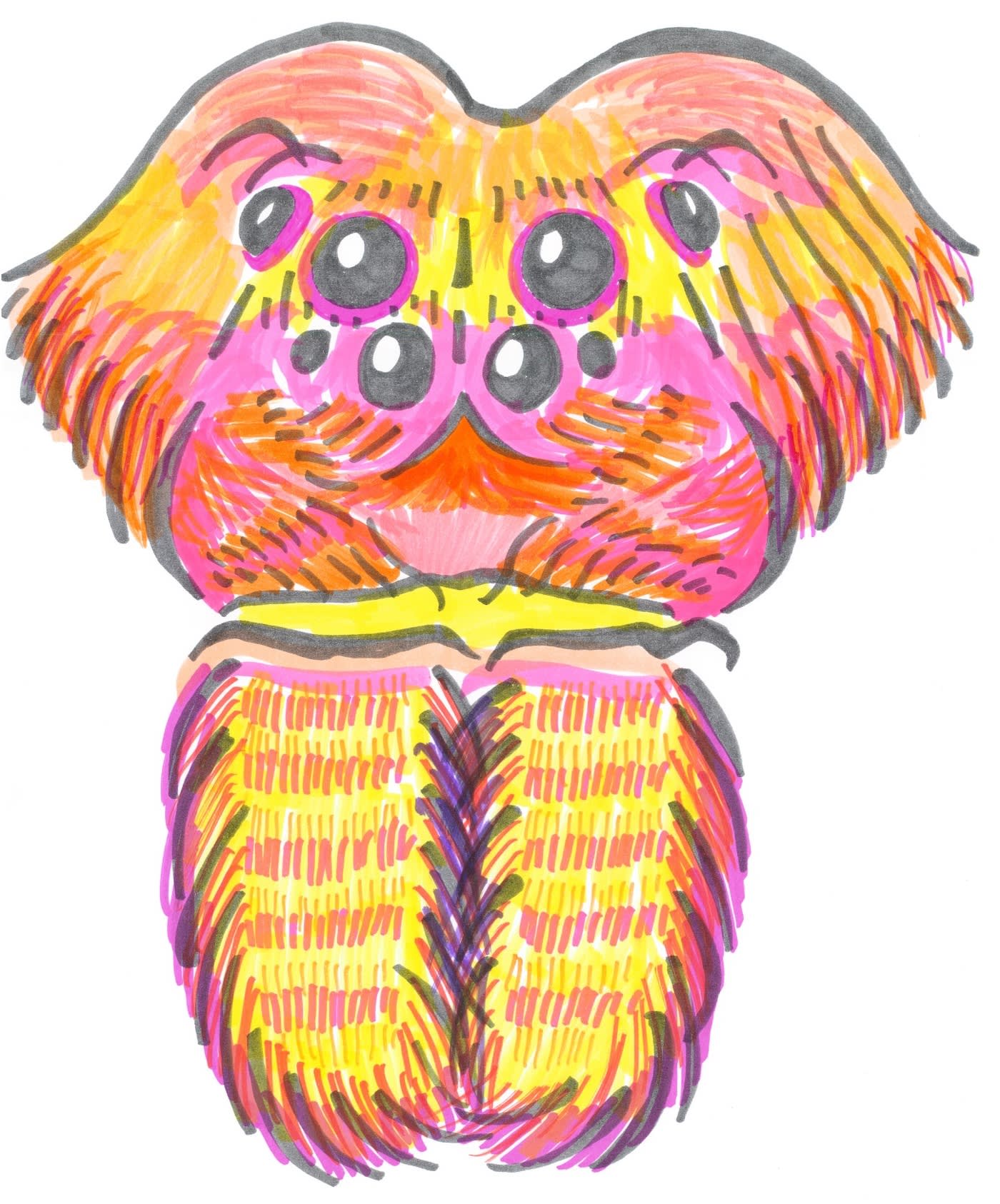What kind of spider are you?
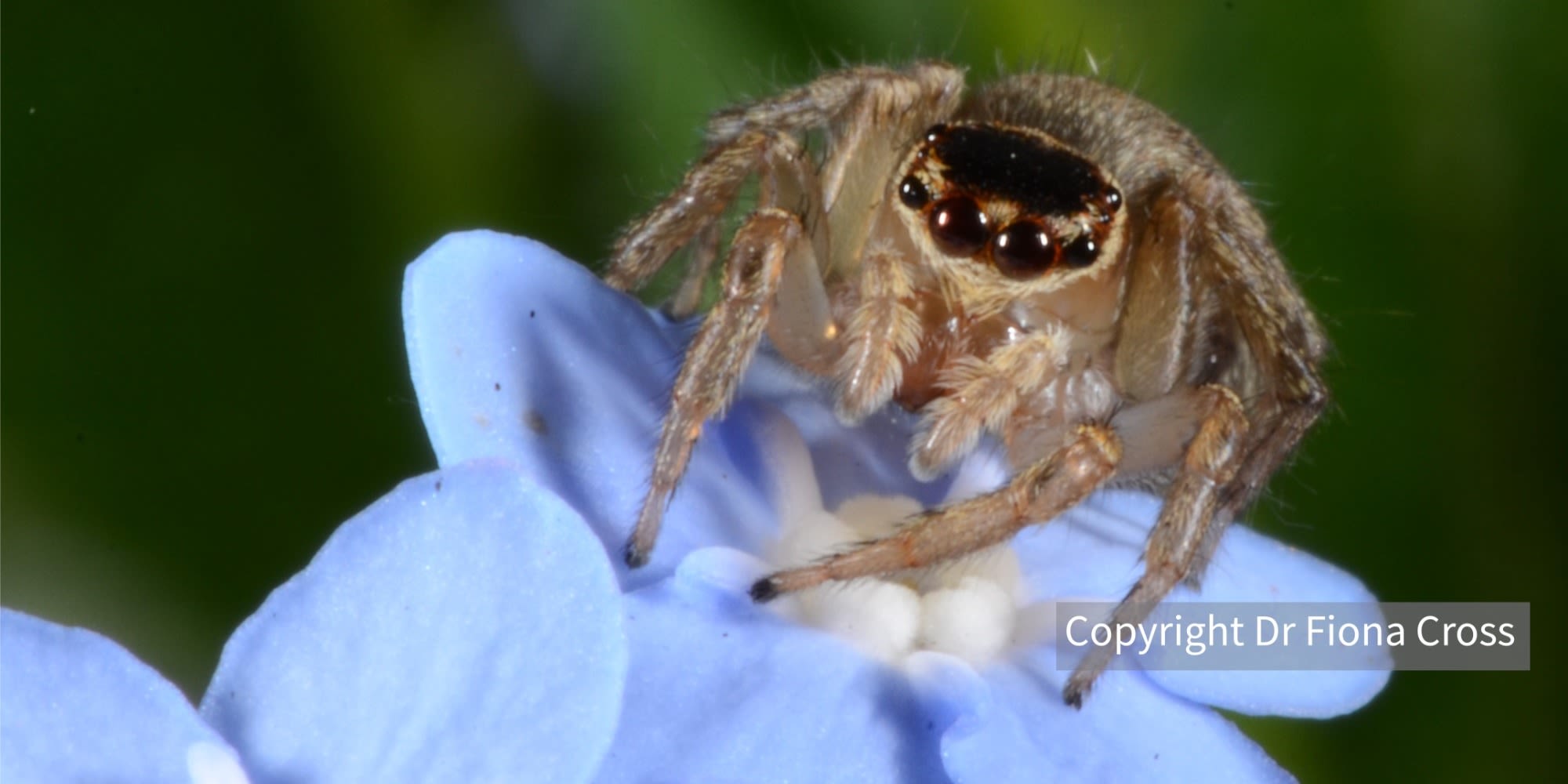





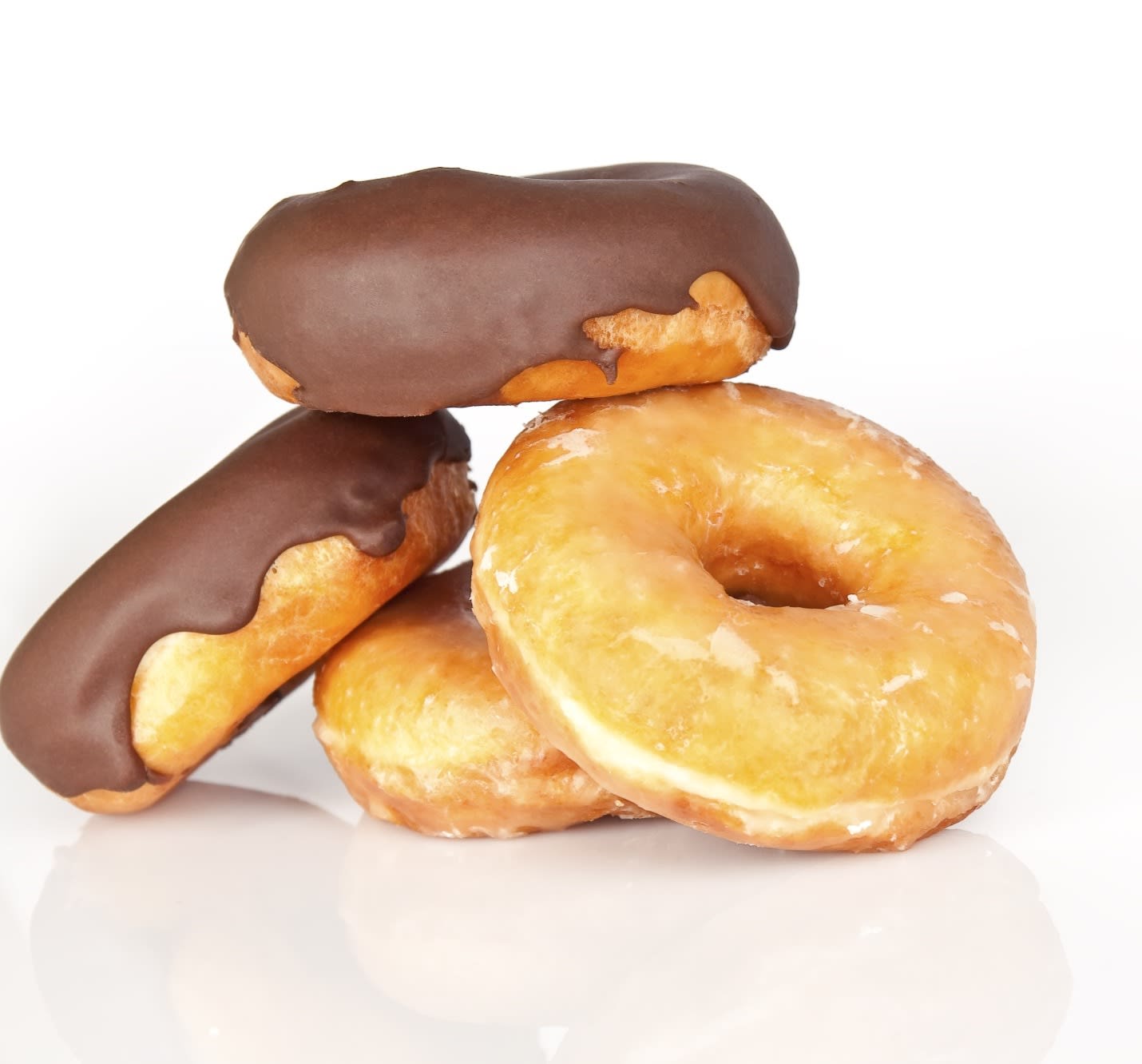



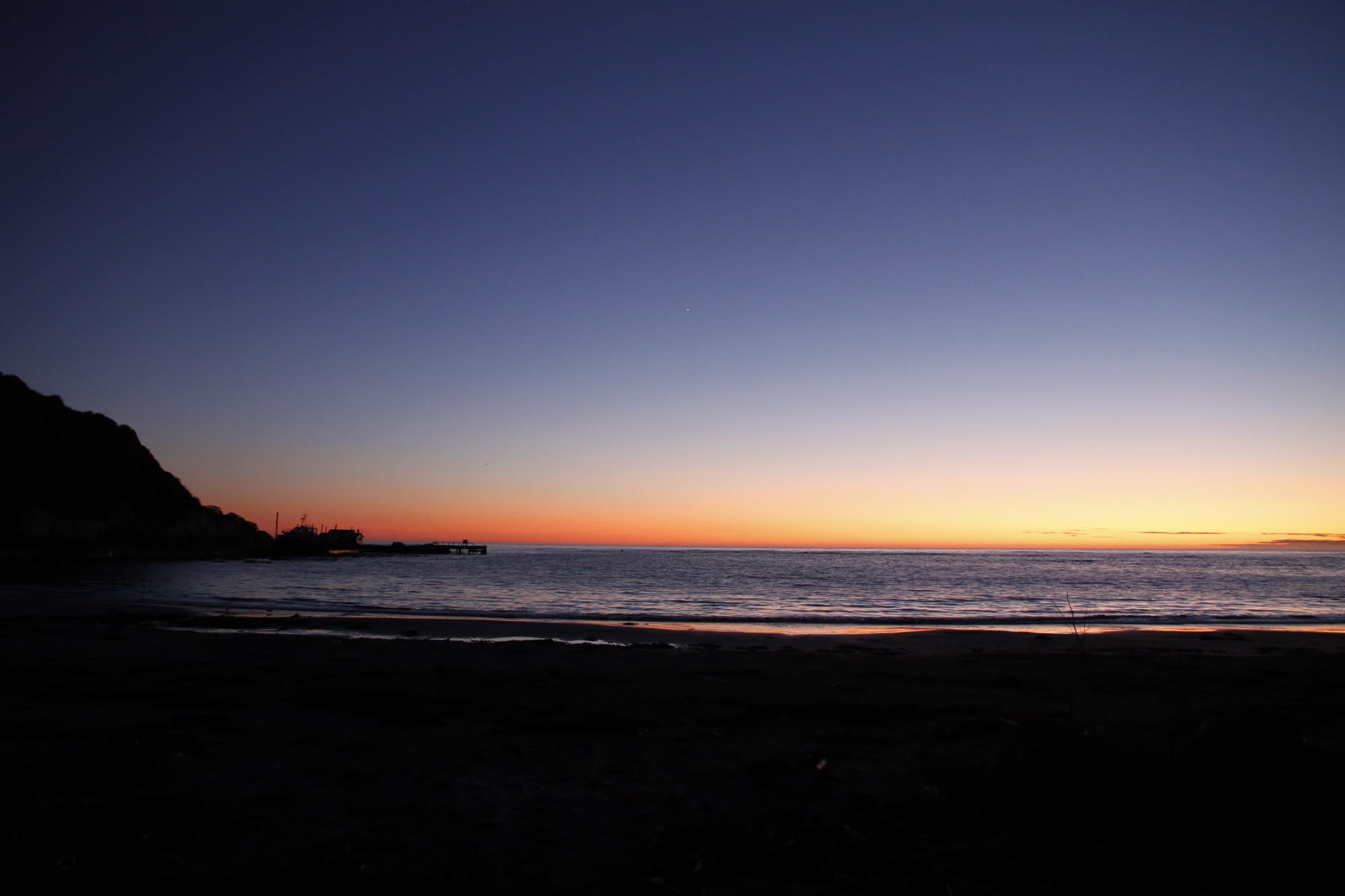
These spiders build amazing webs — some of the most beautiful structures in nature — for capturing their prey. They are also very beautiful spiders. Some species are brightly coloured and some are even clothed in spots and zigzags.
They are often nocturnal, which means they are usually more active at night, and often they build a new web at the end of each day. Before building their new web, they eat the old one! They then re-use the proteins from their old web for building their new web.
Webs are very sticky, but these spiders have the superpower of not getting stuck in their own webs by having a special coating on their legs.
One species that lives throughout New Zealand is the green orbweb spider (Colaranea viriditas). Its colour can make this spider hard to find during the day.
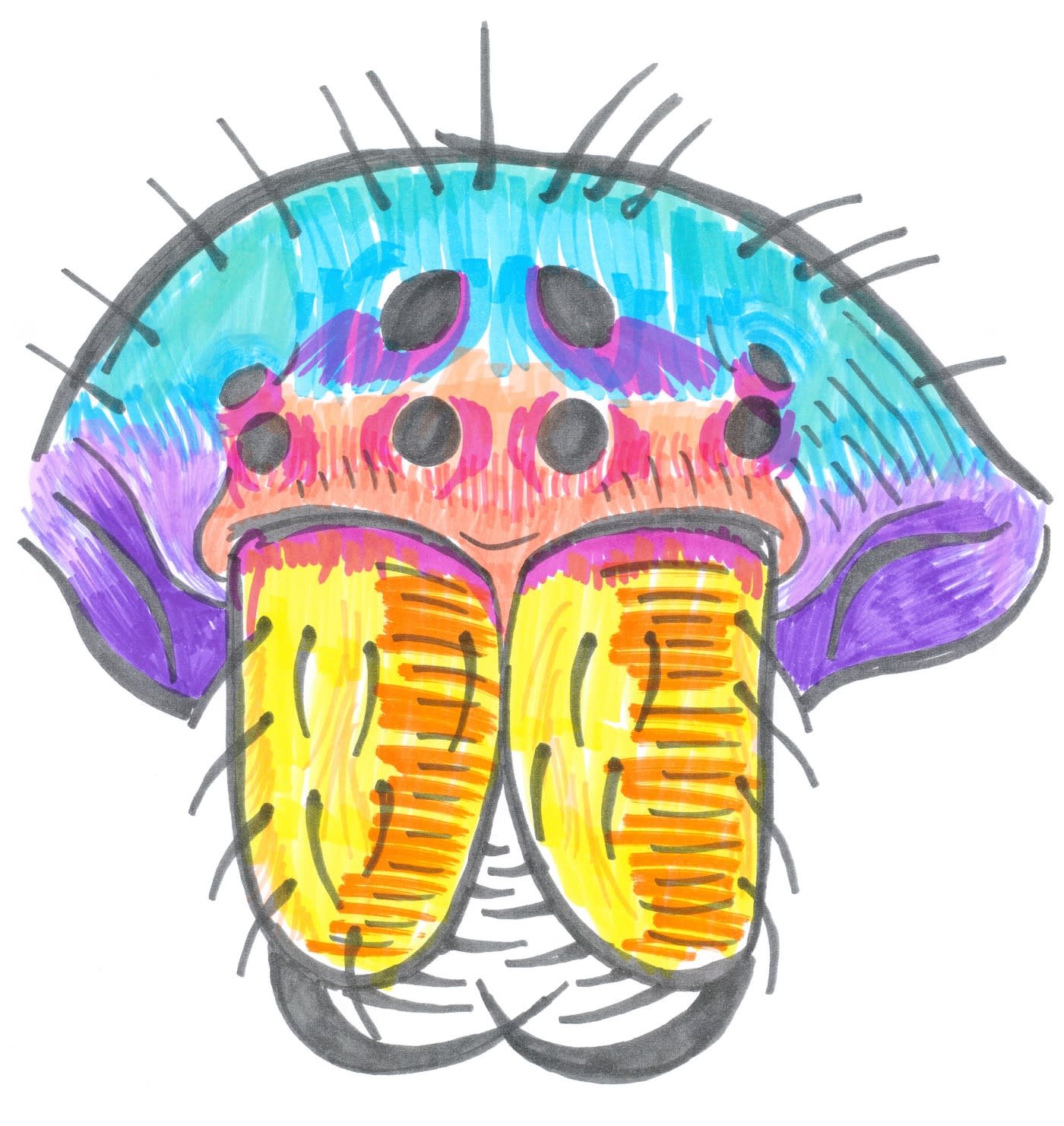
These secretive spiders have the superpower of being extremely hard to find! Much of their lives are spent away from others.
They dig burrows in the ground and tend to hide under a door that covers the burrow entrance. This door is usually made out of silk and soil, and blends in well with the surrounding environment, helping to protect the spiders from some predators. When an insect comes near the door, the spider can feel vibrations on the ground and dashes out to capture its unsuspecting prey before dragging it down the burrow.
One species of trapdoor spider, Cantuaria dendyi, is only found in Banks Peninsula and Christchurch. Their burrows are 30 to 40 cm deep, and the females of this species can live for up to 25 years.
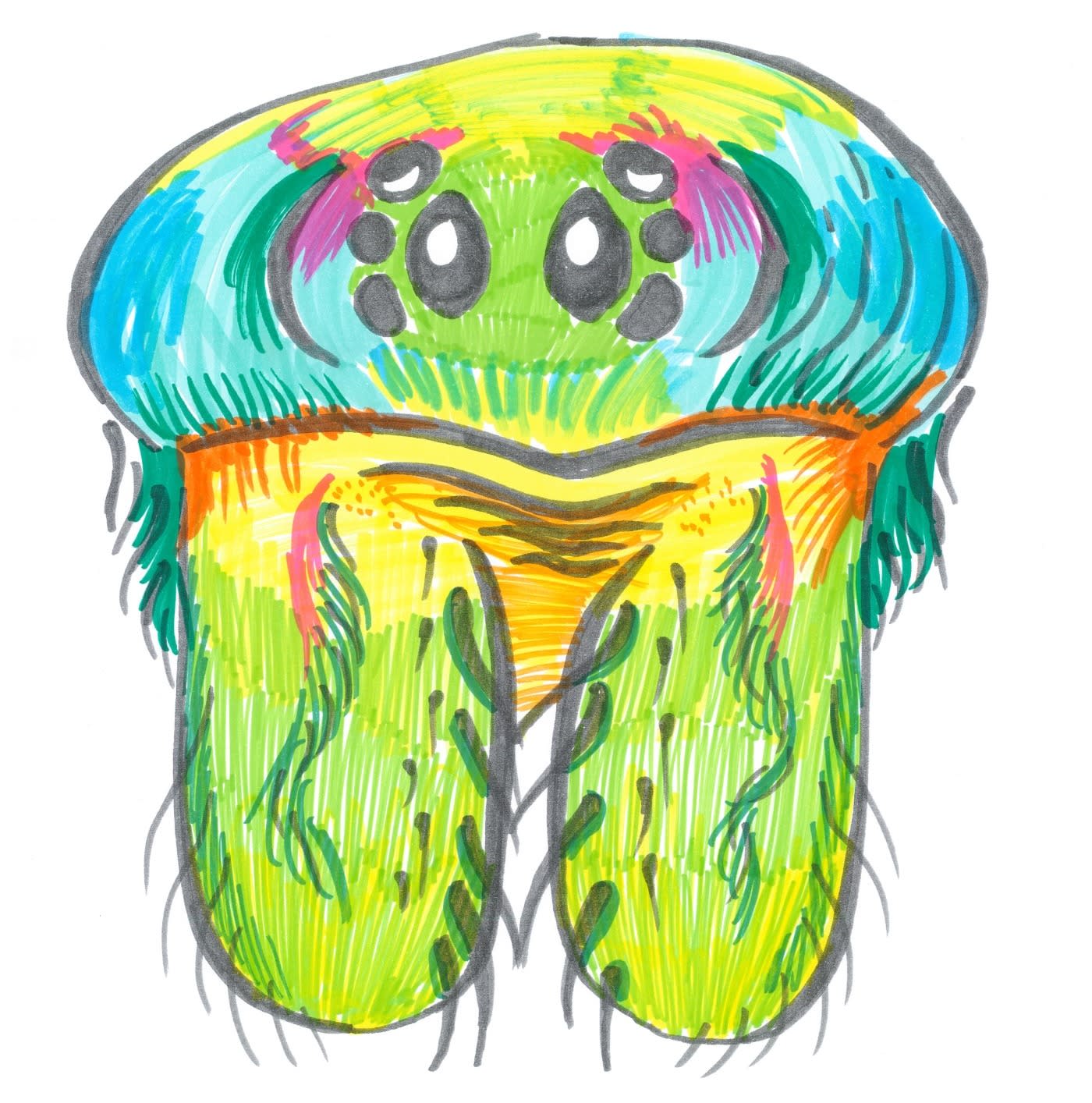
These spiders are often found on flowers during the day where they wait to grab and eat the insects that arrive. Their colour can match the colour of the flowers, and some even have the superpower of being able to change their colour to create an amazing disguise for surprising their prey.
Crab spiders can be very brightly coloured, depending on the species. And, just like crabs, these spiders tend to have wide, flat bodies and they move forwards, backwards and from side to side.
A species from New Zealand (Diaea ambara), also known as the flower spider, is very small (up to 4 mm in body length) and it is often found in our gardens. The colour of this species is very variable, depending on a spider’s surroundings, making them difficult to find.
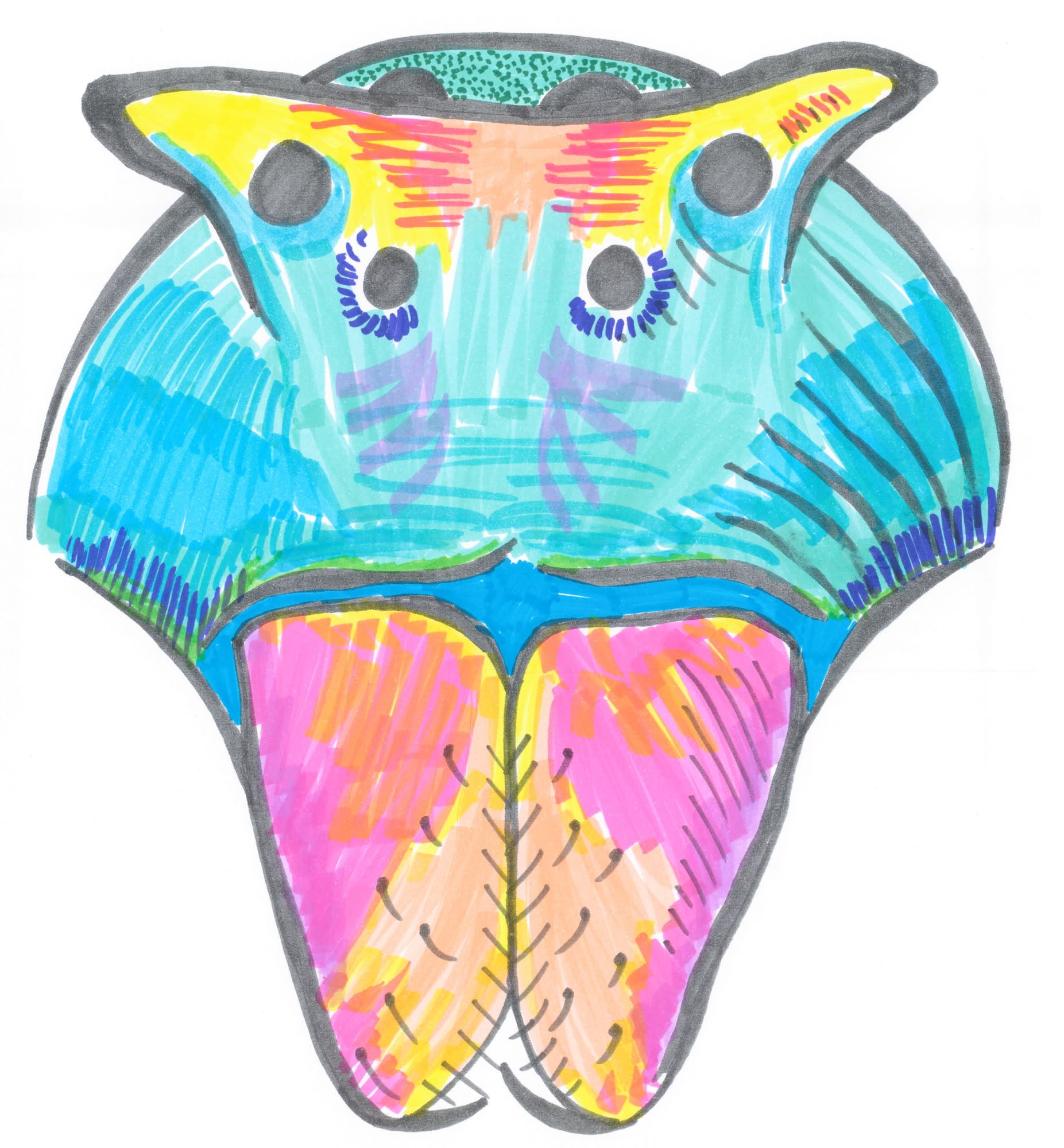
If you look at a spider and that spider looks back at you with two big eyes at the front, chances are you have found a jumping spider. These amazing creatures are from the family Salticidae, the largest family of spiders, with over six thousand species described so far.
Their superpower is having very special eyes which help them to see better than any other animals of their size. They use these eyes for hunting their prey (often in the mornings) and for taking well-aimed leaps, with many jumping as far as 20 body lengths.
Some species are also very brightly coloured and many perform elaborate dances to attract mates. Life can be one big adventure for these spiders!
The black-headed jumping spider (Trite planiceps) is the largest jumping spider in New Zealand, with some adults being about 13 or 14 mm in body length. This species is often found in rolled-up flax leaves.
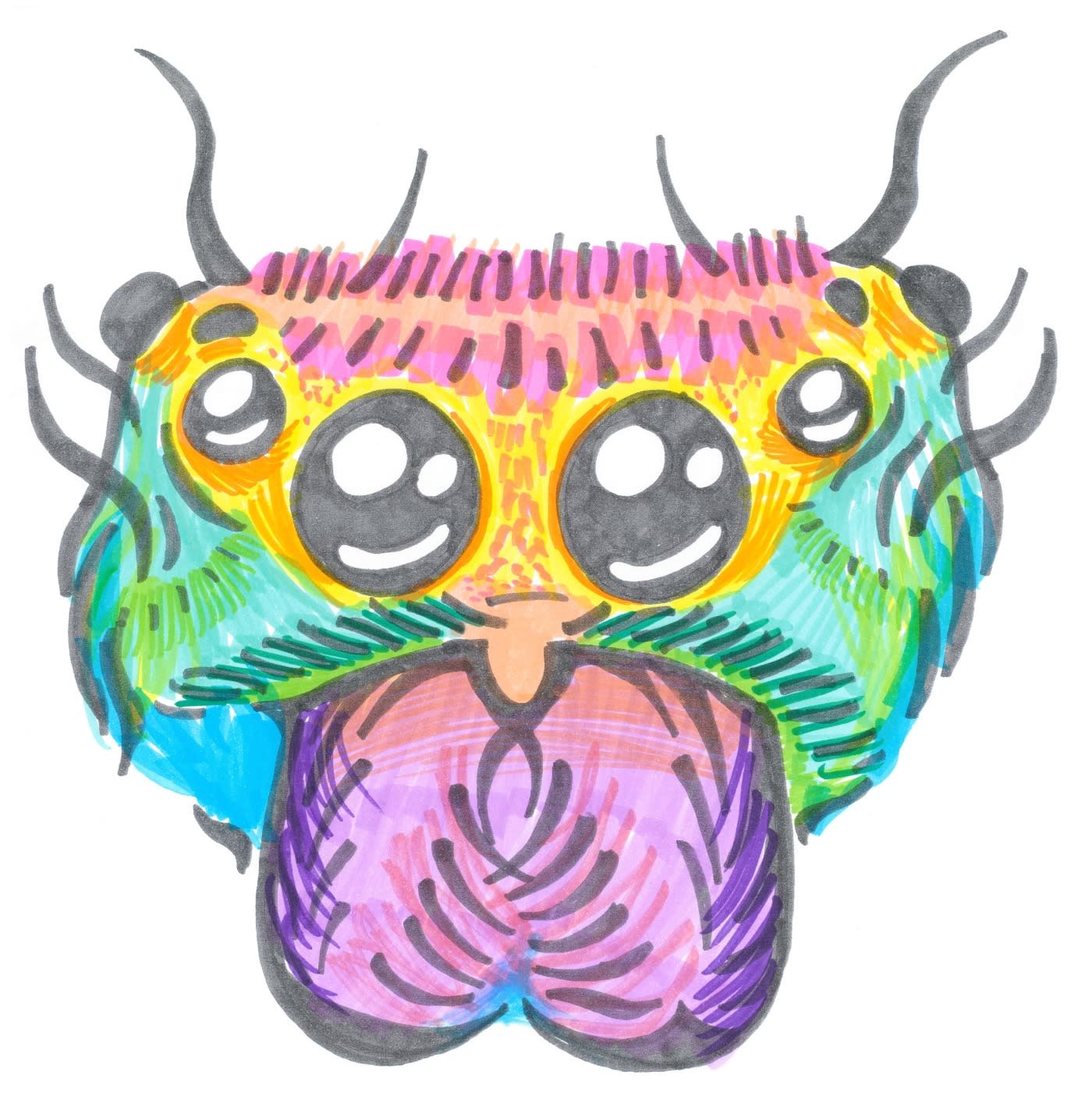
These large spiders look like they have racing stripes, and they have the superpower of being able to walk on water! Often, they live near water, where they hunt for prey like insects and sometimes even small fish.
In the Summer, the females can be seen carrying egg sacs in their mouthparts, and they need to walk on their tip toes because their egg sacs are so large. When their babies are nearly ready to hatch, the females build a special silk structure that holds the egg sac, keeping it safe.
These spiders are nocturnal, which means they are usually more active at night, but the females spend the night guarding their egg sacs when the babies are about to hatch. Up to 200 baby spiders (‘spiderlings’) then emerge!
A species found in New Zealand (Dolomedes minor) lives inland as well as by water. The females, which can be up to 25 mm in body length, are larger than the males.
